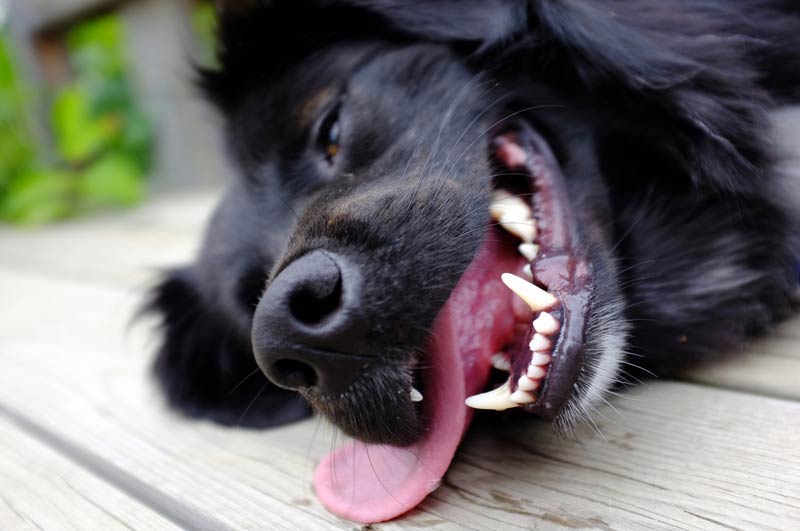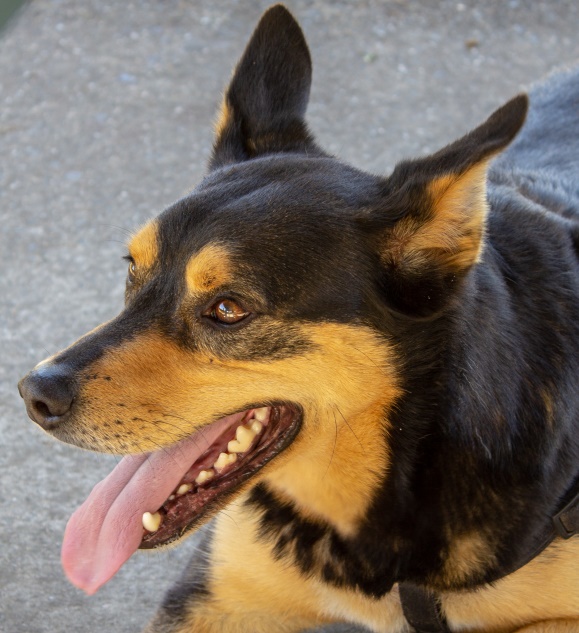 Does your pet have bad breath? Have you noticed that their teeth are getting a bit yellow?
Does your pet have bad breath? Have you noticed that their teeth are getting a bit yellow?
Dental disease is one of the most common ailments affecting our pets and regularly goes unnoticed.
Bacteria are to blame for gum disease in our pets. As soon as our pets finish eating; bacteria, along with food, saliva and other particles begin forming a sticky film called plaque over their teeth. When your pet’s body recognises the plaque as a foreign invader in the body, it sends white blood cells to the area. But the bacteria in plaque cause the white blood cells to release enzymes which break down the gum tissue! These clashes lead to inflamed gums, destroyed tissue, loss of bone and eventually tooth loss. If plaque is allowed to stay undisturbed on the teeth for more than 72 hours, it combines with salts and minerals in the saliva and solidifies into hard tartar, which is the brown stuff we see on our pets teeth. Unfortunately tartar sets firm like concrete and is impossible to remove with brushing.
We see dental disease most commonly in middle-aged to older animals. Unfortunately, It not only causes  problems with your pet’s teeth, but can also affect the rest of the body as it allows bacteria to enter the bloodstream through the inflamed gums. These bacteria then spread to your pet’s internal organs causing possible liver, kidney and heart infections as well as possible blood infections.
problems with your pet’s teeth, but can also affect the rest of the body as it allows bacteria to enter the bloodstream through the inflamed gums. These bacteria then spread to your pet’s internal organs causing possible liver, kidney and heart infections as well as possible blood infections.
Often the first signs of dental disease can be quite subtle and may be missed if we don’t regularly look in our pets mouths. A really good habit to get in to is to lift your pets lip at least once a day and have a good look at their teeth. If possible, we recommend setting aside a few minutes before each evening meal to check their teeth and brush them. The meal is then given as a reward for having this done. We have beef or chicken flavoured toothpaste and will teach you how to do this for your pets, so that it becomes an enjoyable routine for them. Traditionally, dental disease used to be only picked up by owners when it was quite advanced, due to halitosis or their pets reduced appetite. By that stage, your pet may be living with chronic pain, which most animals will intuitively hide to avoid showing weakness. Fortunately nowadays we are tending to find that owners are a lot more proactive regarding their pets teeth, so we are able to detect problems earlier and save teeth rather than having to extract them.
Some of the signs of advanced dental disease include, problems picking up food, bleeding or red gums, ropey or bloody saliva, blood in water bowls or on chew toys, bad breath and perhaps not wanting to be touched on the head or the face due to pain.
The best way to find out whether your pet has dental disease or any issues with their teeth is to get them checked regularly by us. We check your pets teeth every time that we see them as part of their thorough physical examination and record their grade of dental disease at each visit. This way we can assess how they are tracking and head off problems before they arise.
As you may already know, we are dedicating the entire month of August to Dental care! Call now ( 3353 6999), or book online to receive your free dental checks and 10% off all dental procedures. We are sure that your best friends will be very grateful!

